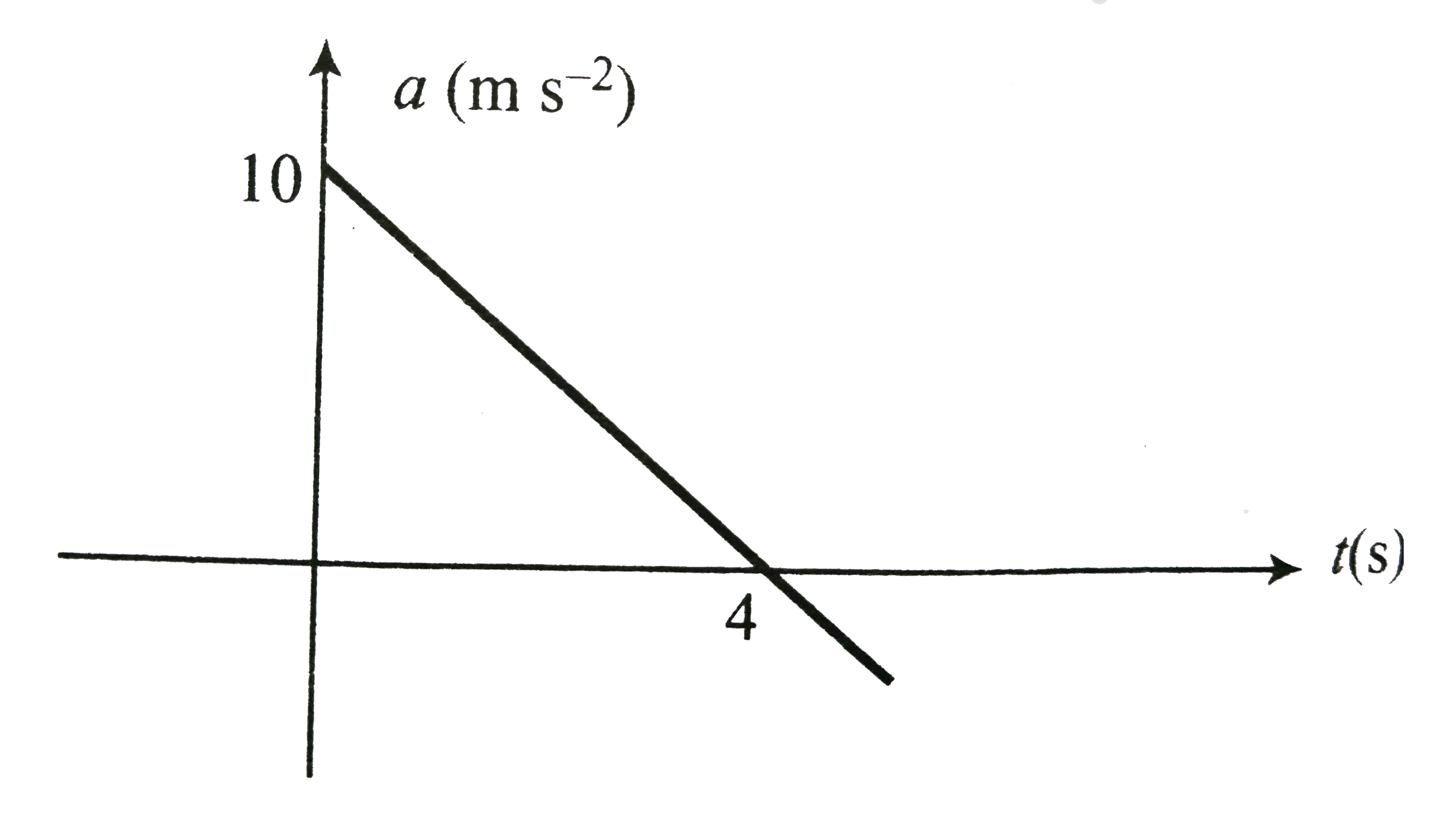A particle moving along a straight line reverses its direction of motion once. What can we say about the nature of its acceleration?Solution in Punjabi
Step by step video & image solution for A particle moving along a straight line reverses its direction of motion once. What can we say about the nature of its acceleration? by Physics experts to help you in doubts & scoring excellent marks in Class 11 exams.
Topper's Solved these Questions
- BOOK - MBDCHAPTER - MOTION IN A STRAIGHT LINEEXERCISE - EXERCISE14videos
MOTION IN A STRAIGHT LINE
- BOOK - MBDCHAPTER - MOTION IN A PLANEEXERCISE - EXERCISE17videos
MOTION IN A PLANE
- BOOK - MBDCHAPTER - MOTION OF SYSTEM OF PARTICLES AND RIGID BODYEXERCISE - EXERCISE15videos
MOTION OF SYSTEM OF PARTICLES AND RIGID BODY
Similar Questions
In which of the following examples of motion, can the body be considered approximately a point object:
01:46View SolutionIs it necessary to mention the direction of a vector having zero magnitude?
02:13View SolutionDefine centre of mass.
01:10View SolutionThe acceleration-time graph of a particle moving along a straight line is as shown in. At what time the particle acquires its initial velocity? .
01:48View SolutionA particle is moving on a straight line path with constant accleration directed along the direction of instantaneous velocity. Which of the following statements are false about the motion of particle ?
01:40View SolutionWhat can you say about the motion of a body if its speed-time graph is a straight line parallel to the time axis ?
02:54View SolutionWhat can you say about the motion of a body if : (a) its displacement-time graph is a straight line ? (b) its velocity-time graph is a straight line ?
03:46View SolutionA particle is moving along a straight line with increasing speed. Its angular momentum about a fixed point on this line :
01:55View SolutionWhat can you say about the motion of the object if its speed-time graph is a straight line parallel to the time axis.
02:02View SolutionA particle moving along a straight line with initial velocity u and acceleration a continues its motion for n seconds. What is the distance covered by it in the last nth second ?
01:20View SolutionWhat can you say about the motion of an object if its speed - time graph is a straight line parallel to time axis ?
02:37View SolutionThe kinetic energy of a particle moving along a straight line is propotioanl to the time .t. of its travel. Then its acceleration is proprtional to
02:05View SolutionWhat can you say about the motion of an object if its speed-time graph is a straight line parallel to the time axis ?
02:37View SolutionThe acceleration-time graph of a particle moving along a straight line is as shown in. At what time the particle acquires its initial velocity?
 .01:20View Solution
.01:20View SolutionWhat can you say about the motion of an object if its speed time graph is a straight line parallel to the time axis?
03:09View Solution

